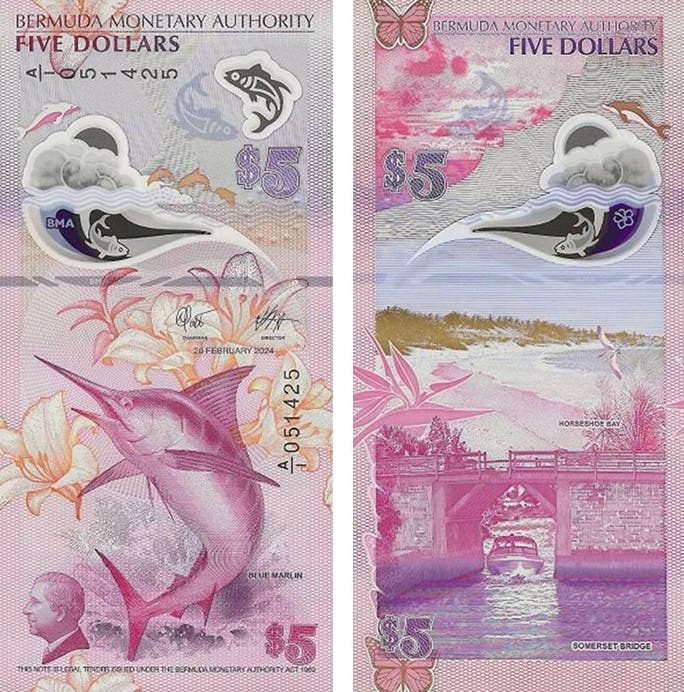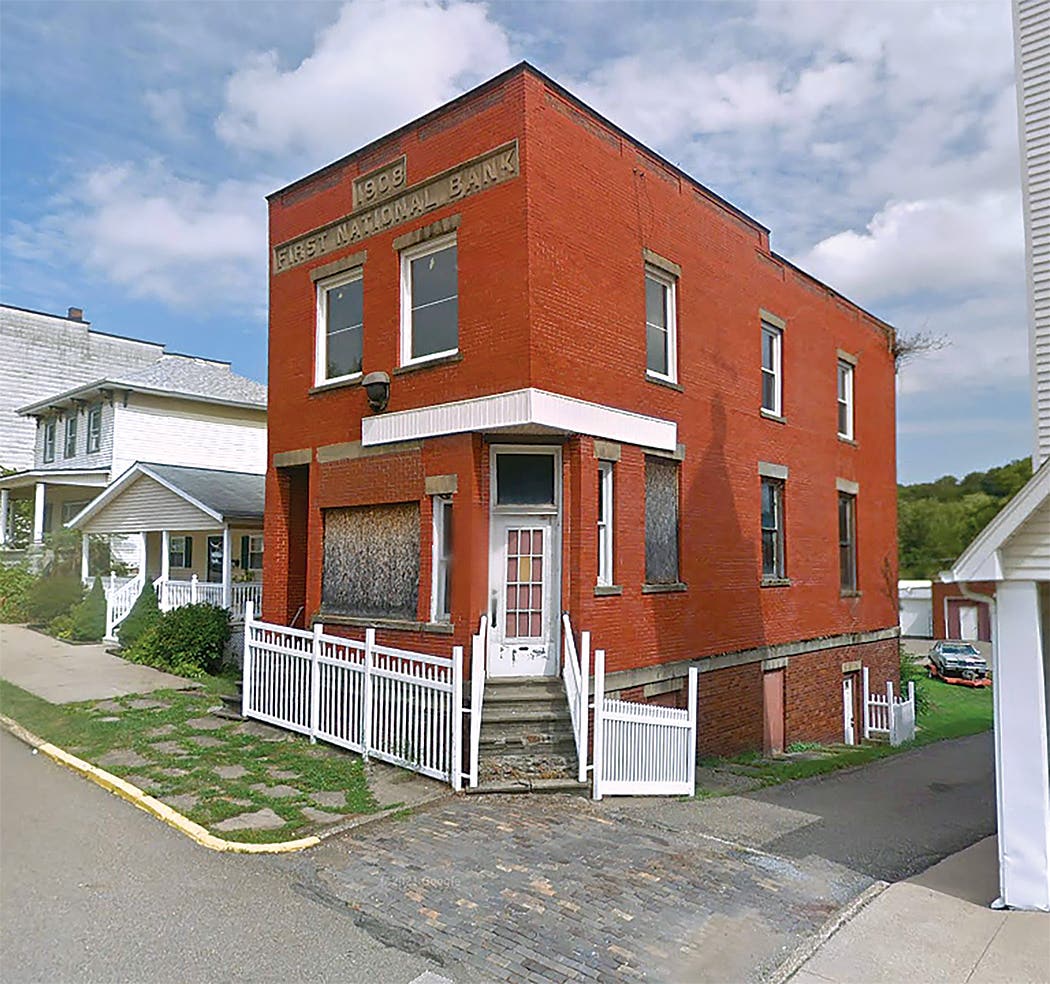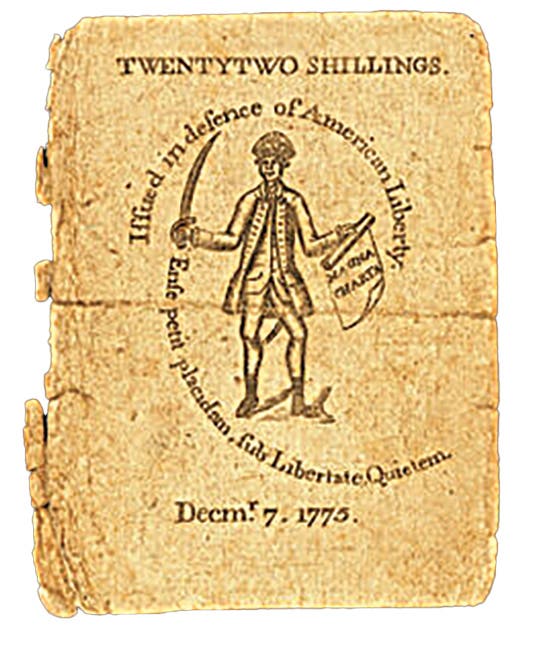Notes spark exploration of Red Hook history
By Mark Hotz I hope you all enjoyed the past several months of articles on interesting historical currency items from my personal collections. I find the idea of placing a…
By Mark Hotz
I hope you all enjoyed the past several months of articles on interesting historical currency items from my personal collections. I find the idea of placing a piece of currency in a particular place on a particular date, or in the hands of a celebrity, to really make this area of numismatics come alive. I also have a similar collection of coins of this nature, including two coins that were in the pockets of persons rescued from the Johnstown Flood. But that would be a story for a different publication.
This month, we will be returning to Notes on National Banks, wherein we visit small towns and check out their old bank buildings. I usually try to pair these with national bank notes from my own collection, where possible. So, this month we will be taking a visit to the Hudson Valley of New York to investigate quaint Red Hook, a town in Dutchess County. The population was 11,319 at the 2010 census. The name is supposedly derived from the red foliage on trees on a small strip of land on the Hudson River. The town contains two villages, Red Hook and Tivoli. The town is in the northwest part of Dutchess County. U.S. Route 9 and State Route 9G pass through the town. The town also contains two hamlets; Bard College is in the hamlet of Annandale-on-Hudson. The Unification Theo-logical Seminary is in the hamlet of Barrytown. Both hamlets are located within the Hudson River Historic District.
Prior to the European settlement of the Kingston region in the 1650s, the Red Hook area was inhabited by the Esopus and Sepasco Indians. Sometime before 1688, Colonel Pieter Schuyler, first mayor of Albany, acquired from the Indians most of what we know as the Town of Red Hook, and in that year the Colonial Governor confirmed “Schuyler’s Patent” and his ownership of the land. By 1752, Schuyler’s tract was owned jointly by four landlords, most notably Colonel Henry Beekman, Jr., and Palatine German families, moving down from Germantown, had started to take leaseholds and develop an agricultural economy.
At the time of the American War of Independence, there was a small settlement at Upper Red Hook, docks at Tivoli, at Barrytown and at Cruger’s Island, and saw mills on the Saw Kill at Annandale, at Red Hook Mills, at Rock City and on the White Clay Kill near Tivoli. Some of these mills were burned by the British in 1777.
Until the early 19th century, most of the land in the town was still owned by heirs and assigns of the early patent holders and was leased for long terms to farming families. The area’s first important public official emerged at about this time. He was Judge Egbert Benson of Upper Red Hook, who served as New York’s first Attorney General and as a Representative to the Continental and U.S. Congresses.
When the Rhinebeck Precinct of Dutchess County was established in 1737 for the purpose of defining political jurisdiction, Red Hook was included. Red Hook became a separate Township on June 2, 1812. Until the end of the 18th century, the neighborhood of the present Village of Red Hook was known as “Hardscrabble.” This was merely a crossroads boasting little more than the inn and a couple of houses.
When the postmaster in “Upper” Red Hook, General David Van Ness, moved to the Lower Village in the 1790s and built the brick mansion known today as Maizeland, he brought with him the post office name, and the Lower Village has been called Red Hook ever since. Maizeland is still standing, a cherished architectural and historical landmark.
During the 19th century, the village grew rapidly in population and commercial activity. The First National Bank was founded in 1865, and for many years tobacco and chocolate factories, a hotel, a village newspaper and other enterprises flourished. Lower Red Hook Landing became Barrytown in the 1830s, named for a U.S. Postmaster General; and Annandale (formerly Cedar Hill) derived its name from that of an adjoining estate.
Upper Red Hook became Tivoli in the 1790s, taking its name from a neighboring mansion in recollection of the Tivoli gardens in Rome. A major industry in Tivoli during much of the 19th century was a wool mill. At both Barrytown and Tivoli, the harvesting of ice from the frozen Hudson, for local storage followed by shipment and summer sale in New York City, provided seasonal employment for many. Generally, however, subsistence farming, dairying and fruit growing have for 150 years been the basis of the town’s economy.
One of the town’s best-known attributes is the series of “River places” that extend the length of the town’s western edge. These twelve country seats had their origins in the families of the early patentees, chiefly the Livingston/Beekman clan. Surprisingly, most of these mansions and estate/farms have survived, and among the more important are The Pynes (ca. 1790) and Edgewater (1820). That portion of the Town lying west of Route 9-G and all of the Village of Tivoli are within the Hudson River National Historic Landmark District, established by the Secretary of the Interior in 1990.
Red Hook’s First National Bank was opened in 1865 under charter #752. This was the only national bank in town, and it had a very long life, surviving the end of the National Currency era. Over this lengthy 70-year period, the bank issued $3.3 million in currency, of which $75,000 was outstanding in 1935, including $8,525 in large-size notes. The bank issued a veritable potpourri of notes, from Original Series First Charter notes through Type 1 and 2 small-size notes. In my own collection, I am pleased to have the finest-known $5 Brown Back and finest-known 1902 Date Back of any denomination, photos of which accompany this article.
The First National Bank of Red Hook building, originally constructed in the early 1870s, is located on South Broadway in Red Hook and currently serves as the Village Hall. I have included a photo of the bank circa 1910 and a photo of the same building as it appears today.
Red Hook is well known for Bard College and its Montgomery Place Campus. Montgomery Place near Barrytown is an early 19th-century estate that has been designated a National Historic Landmark. It is also a contributing property to the Hudson River Historic District, itself a National Historic Landmark. It is a Federal-style house, with expansion designed by architect Alexander Jackson Davis. It reflects the tastes of a younger, post-Revolutionary generation of wealthy landowners in the Livingston family who were beginning to be influenced by French trends in home design, moving beyond the strictly English models exemplified by Clermont Manor a short distance up the Hudson River. It is the only Hudson Valley estate house from this era that survives intact, and Davis’s only surviving neoclassical country house.
This article was originally printed in Bank Note Reporter. >> Subscribe today.
More Collecting Resources
• With over 25,000 listings and 15,500 illustrations, the Standard Catalog of World Paper Money, Modern Issues is your go-to guide for modern bank notes.
• When it comes to specialized world paper money issues, nothing can top the Standard Catalog of World Paper Money, Specialized Issues eBook.








